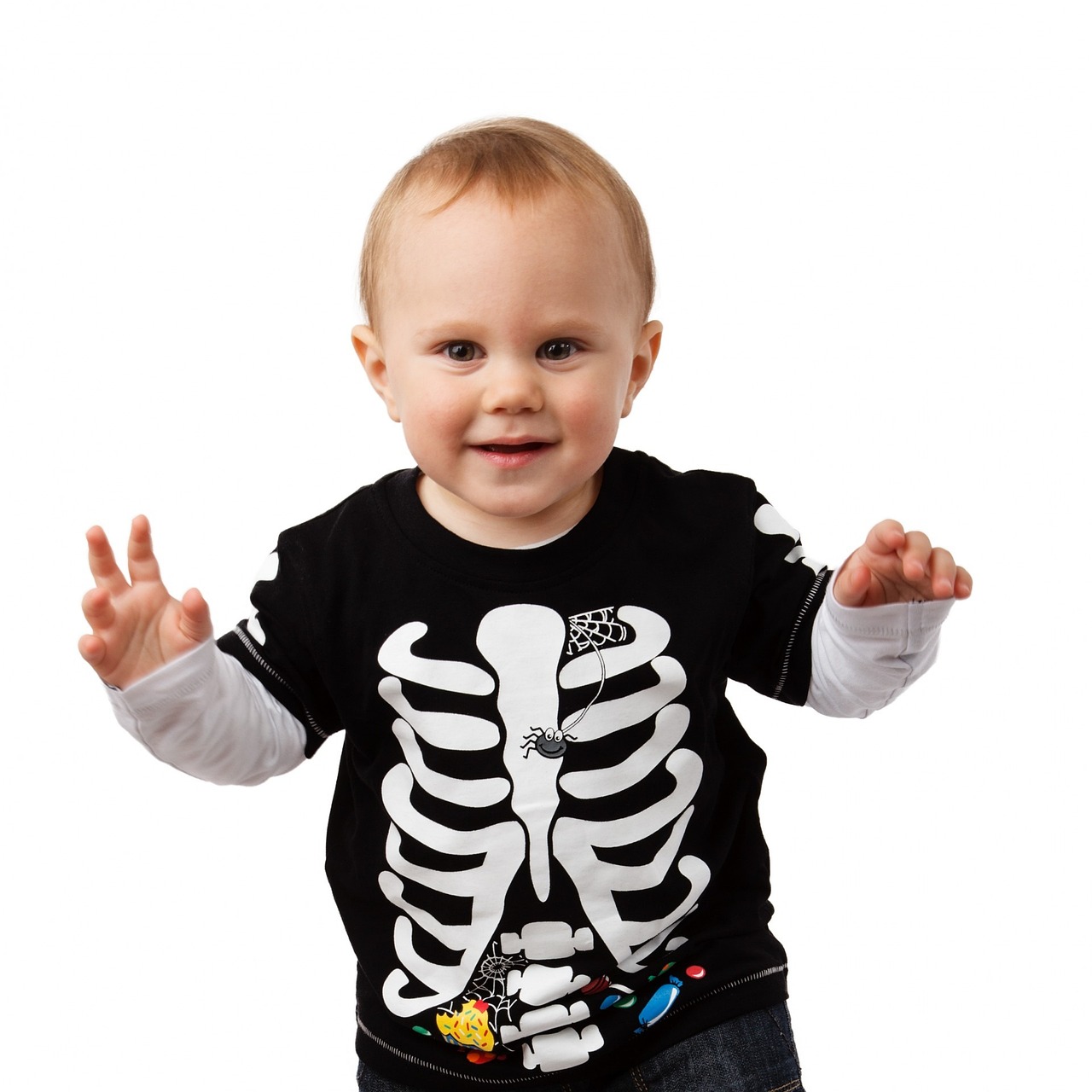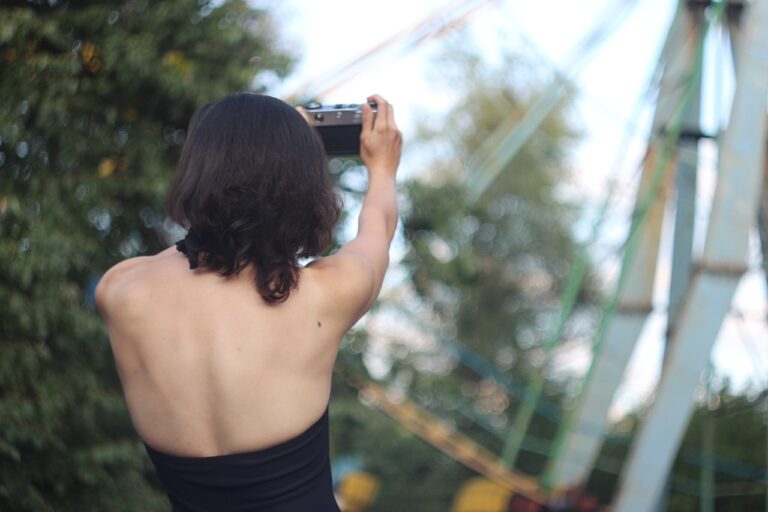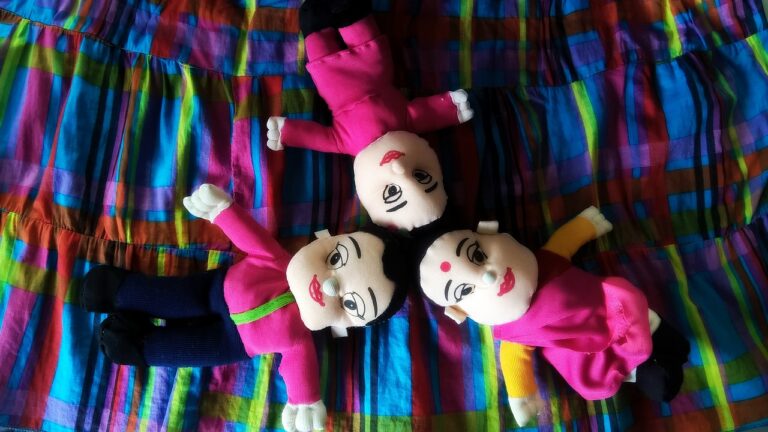Exploring Cultural Diversity in Costume Design: 11xplay registration, Laser 247com, Tiger exchange 247 vip login
11xplay registration, laser 247com, tiger exchange 247 vip login: Exploring Cultural Diversity in Costume Design
Costume design is a crucial aspect of any performance or production, as it helps bring characters to life and convey essential elements of storytelling. One fascinating aspect of costume design is exploring cultural diversity and incorporating different cultural influences into the costumes. By incorporating diverse cultural elements, costume designers can enhance the authenticity and richness of a production while celebrating the beauty of different cultures.
Here are some key points to consider when exploring cultural diversity in costume design:
1. Research and Education
Before diving into incorporating cultural elements into costume design, it is essential to conduct thorough research and educate yourself about the culture you are representing. This includes understanding the historical context, traditional clothing styles, colors, and symbols significant to that culture. Researching also involves consulting with experts or individuals from that cultural background to ensure authenticity and respect.
2. Incorporating Traditional Fabrics and Textiles
One way to infuse cultural diversity into costume design is by using traditional fabrics and textiles unique to a particular culture. For example, incorporating handwoven textiles from indigenous communities or utilizing silk fabrics traditionally worn in East Asian countries can add authenticity and depth to costumes.
3. Symbolism and Color
In many cultures, colors and symbols hold significant meaning and are used to convey messages or represent specific ideas. When designing costumes with cultural diversity in mind, it is crucial to understand the symbolism behind different colors and symbols and incorporate them thoughtfully into the costume design.
4. Mixing Modern and Traditional Elements
Costume designers can also explore blending modern and traditional elements to create a unique and visually appealing look. Combining contemporary fashion trends with traditional clothing styles can result in innovative and captivating costumes that reflect a fusion of cultures.
5. Collaboration and Cultural Sensitivity
Collaboration with individuals from diverse cultural backgrounds is key when exploring cultural diversity in costume design. By working closely with cultural consultants or community members, costume designers can ensure that their representations are accurate, respectful, and culturally sensitive.
6. Celebrating Diversity
Ultimately, exploring cultural diversity in costume design is about celebrating the beauty and richness of different cultures. By showcasing a variety of cultural influences in costume design, productions can promote inclusivity, understanding, and appreciation for the diversity that exists in our world.
FAQs
Q: How can costume designers avoid cultural appropriation when incorporating diverse cultural elements into their designs?
A: To avoid cultural appropriation, costume designers should conduct thorough research, collaborate with cultural consultants, and ensure that their representations are accurate, respectful, and sensitive to the cultural context.
Q: Can incorporating cultural diversity into costume design enhance the audience’s experience?
A: Yes, incorporating cultural diversity into costume design can enhance the audience’s experience by adding authenticity, depth, and richness to the storytelling. It can also promote inclusivity and appreciation for different cultures.
Q: What are some examples of successful costume designs that incorporate cultural diversity?
A: Some examples of successful costume designs that incorporate cultural diversity include the costumes in Disney’s “Moana,” which drew inspiration from Polynesian culture, and the outfits in “Black Panther,” which celebrated African heritage and traditions.







